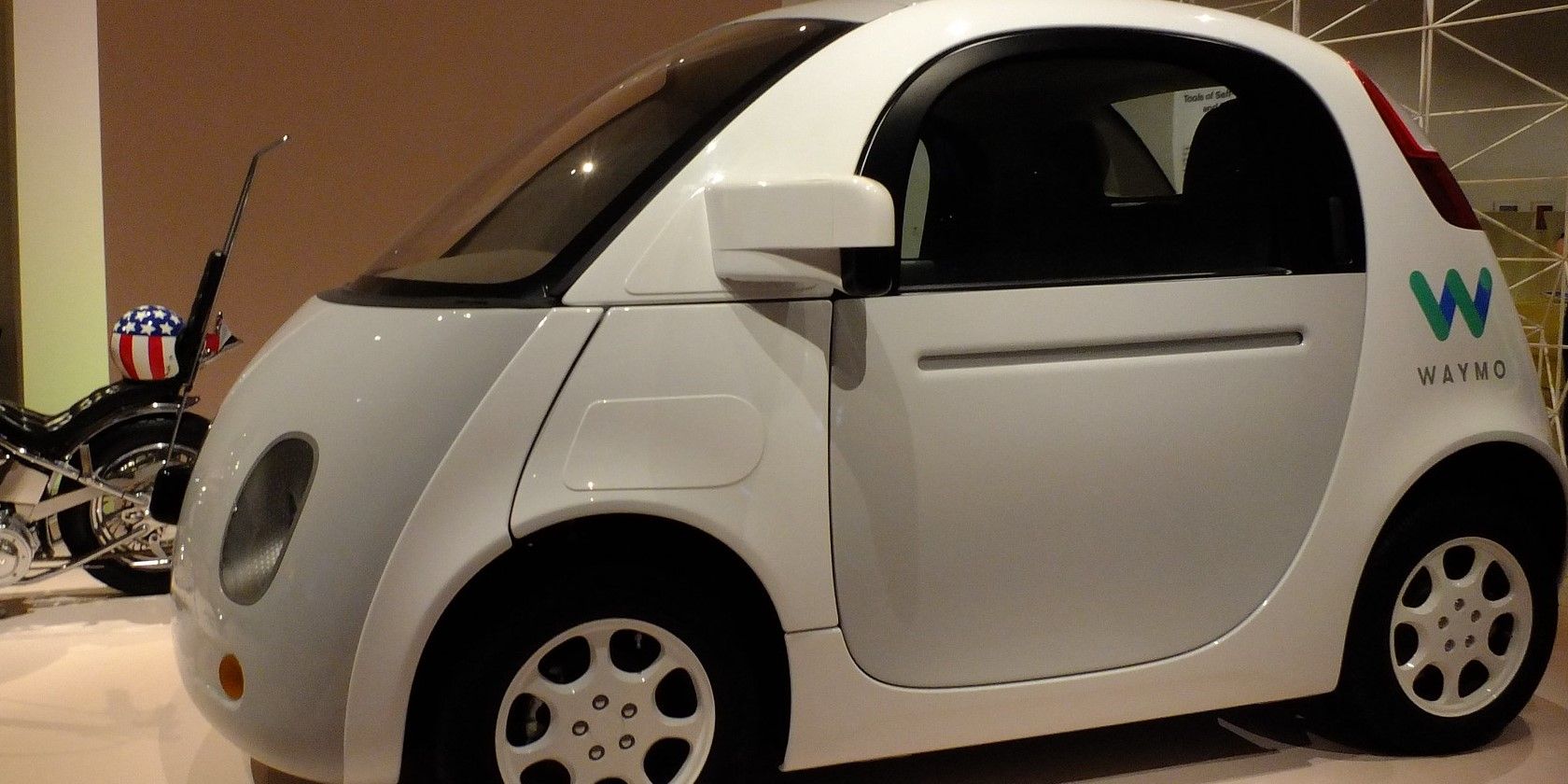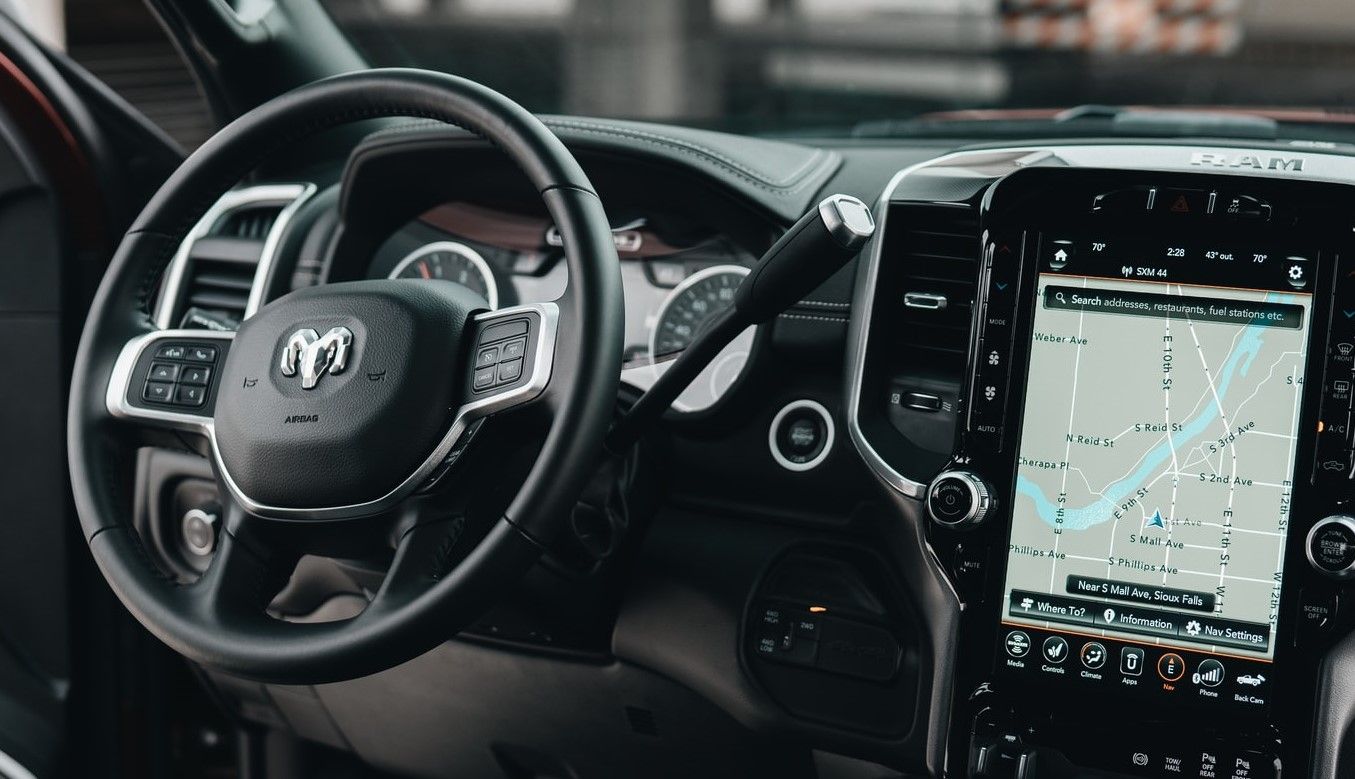The era of the autonomous cab has arrived. Waymo, a self-driving car firm owned by Alphabet, has announced that its autonomous cars are now accessible to the public. For the time being, the service is only offered in Metro Phoenix, Arizona, both because rules in Arizona are rather permissive and because the cars require a complete three-dimensional map to inform them everything, they need to know about the road environment.
Until earlier last year, Waymo's self-driving cars were still in testing and only made up 5-10% of the company's rides. The service was temporarily suspended due to the pandemic, but it has now reopened, with Waymo intending to extend its availability. Here is what you need to know.
Waymo's Plan
Waymo's success is largely due to extensive simulation and training. Unlike some other autonomous car firms, Waymo is not attempting to create a car that can be sold to the general public, instead, it is currently only focusing on providing a taxi service known as Waymo One.
Waymo One will debut in Metro Phoenix, Arizona, before expanding nationwide, according to Waymo. Waymo will provide access to an app that looks to function similarly to Uber or Lyft to users who have already participated in the company's research program in the area.
When someone requests a ride using the app, they will receive a price estimate as well as projected pick-up and drop-off timings. If they opt to continue, a Waymo car will drive itself to pick up the rider, who can bring up to two other adults and one child with them.
A human will initially be in the driver's seat of the vehicle, but this isn't always for safety concerns. According to Waymo, the human is “riding along to supervise our vehicles for riders’ comfort and convenience.” To put it another way, Waymo is placing a human behind the wheel to provide peace of mind to the first passengers.
Waymo One may also be found and booked through Google Maps. This will be the app's first fully autonomous ride-hailing option, which will be accessible first to Android users. This will assist Waymo in becoming more visible and accessible to the public.
The procedure still necessitates some app switching. In Google Maps, there is no direct method to obtain, book, or pay for Waymo One rides. Instead, the user is directed to the Waymo app to finish the booking. You must first enter instructions to or from a place within Waymo's Metro Phoenix service area.
When you press on the ridesharing or transportation tab, you'll see the anticipated cost and arrival time for their Waymo trip.
The Future of Self-Driving Cars
Even if Waymo's technology is found to be safe and successful in practice, its economic viability will be determined by consumer adoption. There are still some drivers who are opposed to the use of self-driving cars, therefore robot-driven cars will be difficult to market to them. Furthermore, self-driving cars continue to struggle with commonplace unforeseen obstacles like potholes and faulty traffic lights, as reported by the BBC. Weather can also have an impact on sensors.
Despite the billions of dollars spent on robotic vehicle research, they are far from flawless. The technology has also lost some of its luster due to high-profile deaths involving driverless vehicles. Furthermore, as with any technology change, the firms who plan ahead, adapt quickly, and imagine the most will survive and grow. Companies that rely on outdated technology and procedures will have to modernize or face extinction.
Are We Prepared To Embrace the Technology and Service?
Waymo is a major player in the self-driving car business, thus the launching of Waymo One is a significant step forward for the technology.
Even while Waymo One is presently limited to a single region and a small part of the population, it gives us a taste of what's to come: a future in which our roads are safer owing to experienced and knowledgeable, non-human drivers.


